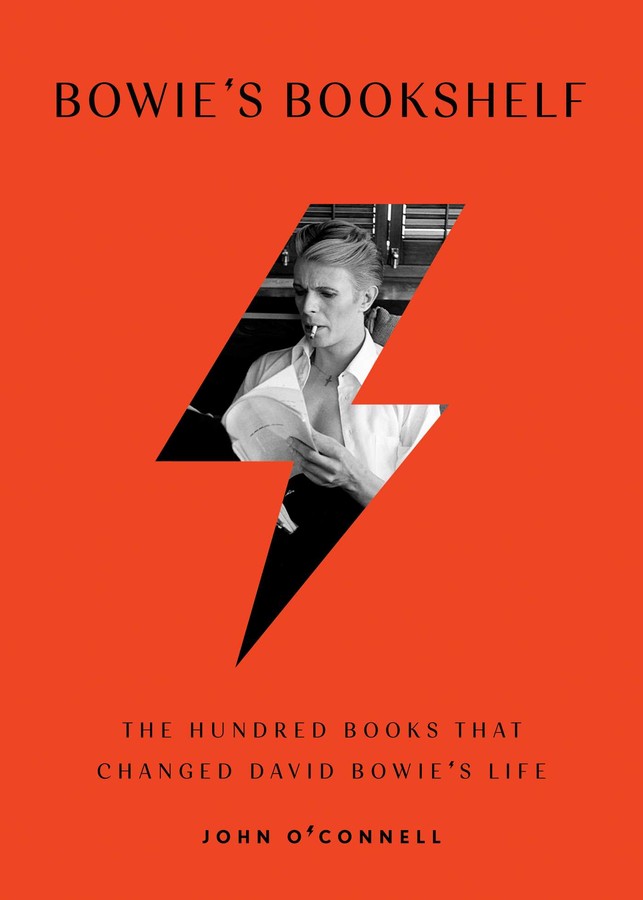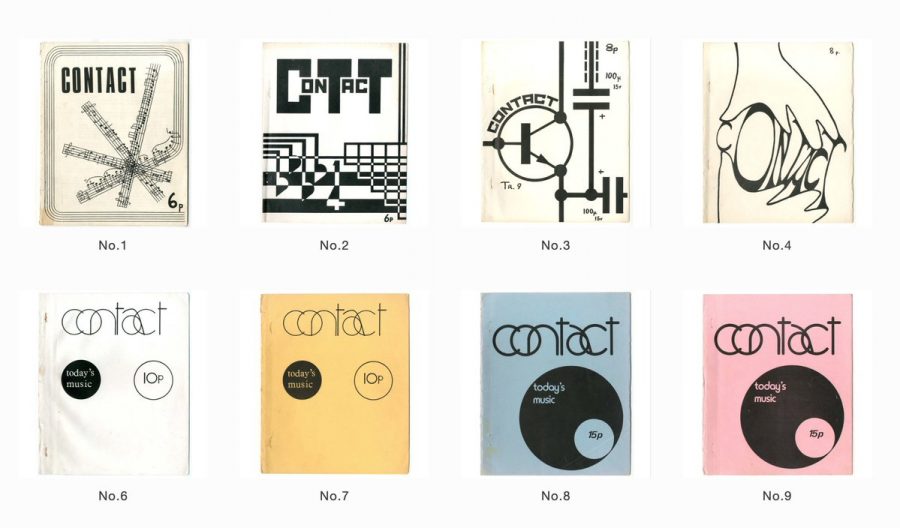When we throw our clothes away in the West, they don’t all go to a thrift store or to a recycling center or a local landfill. Instead, every year 100,000 tons of clothes make their way across the ocean to India. In this awareness raising short doc from UK-based filmmaker Meghna Gupta, we see the end point of these bales and bales of Western fashion, and the women and men who turn our waste back into thread. The thread then begins its own journey, inevitably winding back up as cheap imported clothes. And the cycle begins again.
Gupta lets the women speak for themselves, in particular Reshma, a young mother and wife who works in one such recycling center in Panipat, North India. We see her daily life as well as the process turning our castoffs into thread. Upon entering the country, the clothes are cut so they can’t be re-sold. Then women like Reshma remove buttons, zippers, and any other non-cloth component.
Far, far away from even a passing encounter with a Westerner (apart from what they’ve seen on the Discovery Channel), Reshma and her co-workers create a narrative and an image of the people sending all these clothes. The West must have a water shortage, Reshma says, that is stopping people from washing their clothes. The West also must have a very strange diet to produce the plus-size garments they keep coming across.
Now, the West doesn’t have a water shortage, but according to EDGE (Emerging Designers Get Exposed), the clothing and textile industry is the second largest polluter in the world, second only to oil, producing 20 percent of global waste water, and a global waste total of nearly 13 million tons of fabric. Producing cotton is water-intensive—with 5,000 gallons needed just to make a pair of jeans and a t‑shirt.
Recycling is important—it’s been a constant message to the public since the 1970s. But the global footprint that this film hints at, all those cargo ships, all those trucks, all that fuel and those miles traveled…is this really a solution? How do we stop the demand and the disposability?
The doc doesn’t answer those questions, and doesn’t mean to do so. It just wants you to see a small family in the middle of a large global machine. They seem happy enough. But they also see their fate as God-given, at least in this life this time ’round.
“You tend to get dressed for other people,” Reshma’s husband says. “But at the end of the day you’ll be as beautiful as God made you. All people have a natural beauty.”
Related Content:
M.I.T. Computer Program Alarmingly Predicts in 1973 That Civilization Will End by 2040
Ted Mills is a freelance writer on the arts who currently hosts the FunkZone Podcast. You can also follow him on Twitter at @tedmills, read his other arts writing at tedmills.com and/or watch his films here.




